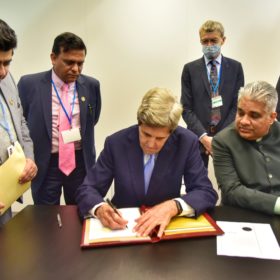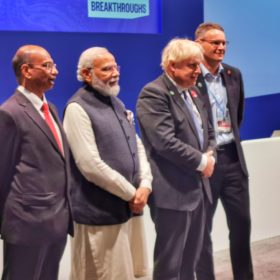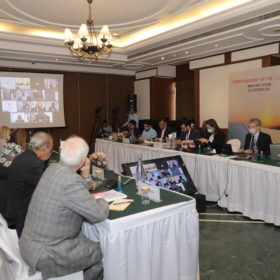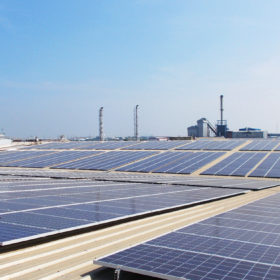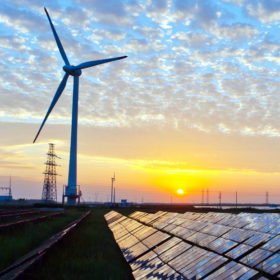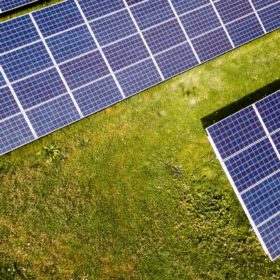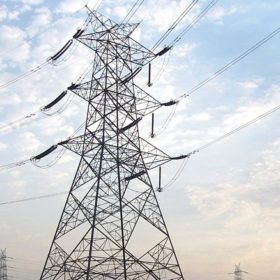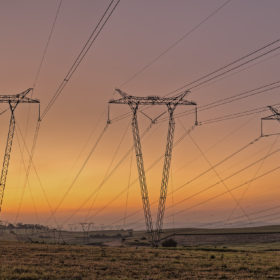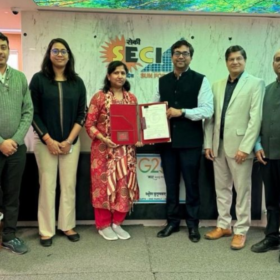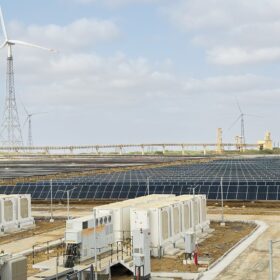USA becomes 101st member of the International Solar Alliance
The International Solar Alliance is an international intergovernmental treaty-based organization headquartered in India that aims to reduce the cost of solar technology and mobilize finance to accelerate solar adoption in its member countries.
World’s first transnational solar power grid network launched in Glasgow
The India and UK-led global supergrid program seeks to connect 140 countries to round-the-clock green and renewable power.
International Solar Alliance launches programs on solar and battery waste management, green hydrogen
The International Solar Alliance (ISA), which aims to mobilize more than $1 trillion of solar power investment by 2030 in its member countries, expanded its scope of work by launching programs on solar panel and battery waste management and solar-powered hydrogen production in its fourth assembly held recently.
Adani Group commits US$20 billion to renewable energy
The diversified business group with a 25 GW renewable energy portfolio will invest US$20 billion across renewable energy generation, component manufacturing, transmission, and distribution over the next ten years.
Transmission system expansion, digitalization critical to Southeast Asia’s grid modernization
To achieve its sustainability targets, Southeast Asia will require integrated strategy and execution across generation, transmission, and distribution, as well as planning that balances both capital and operational expenditures. The regional power industry will need partners who can merge data analytics with engineering expertise to deliver timely and actionable insights that realize the full potential of assets and facilities.
An open letter to power minister on Draft Electricity Rules, 2021
The current proposed draft policy has the potential to act as a game-changer for the renewable energy industry. However, the government needs to relook at certain elements.
Proposed power market reforms could reduce renewable energy costs further
A new IEEFA note discusses the impact of the proposed market-based economic dispatch mechanism for procuring bulk power, and regulations for frequency control ancillary services.
SECI seeks land for agriculture feeder-level solar power plants
The Solar Energy Corporation of India Limited (SECI) has invited Expression of Interest to identify the applicants who are interested in leasing or selling their land to developers for setting up agricultural feeder-level solar power plants in the State.
Hitachi ABB Power Grids commissions ultra-high-voltage DC link connecting Indian states
The 1,800-kilometer link connecting Raigarh in Chhattisgarh to Pugalur in Tamil Nadu can deliver 6 GW. Power can be transmitted in either direction, depending on demand.
Larsen & Toubro secures transmission line, substation orders
The Indian multinational EPC contractor has been awarded significant power transmission and distribution contracts in Ladakh and Ayodhya, in addition to overseas projects in Saudi Arabia, Africa and Thailand.
